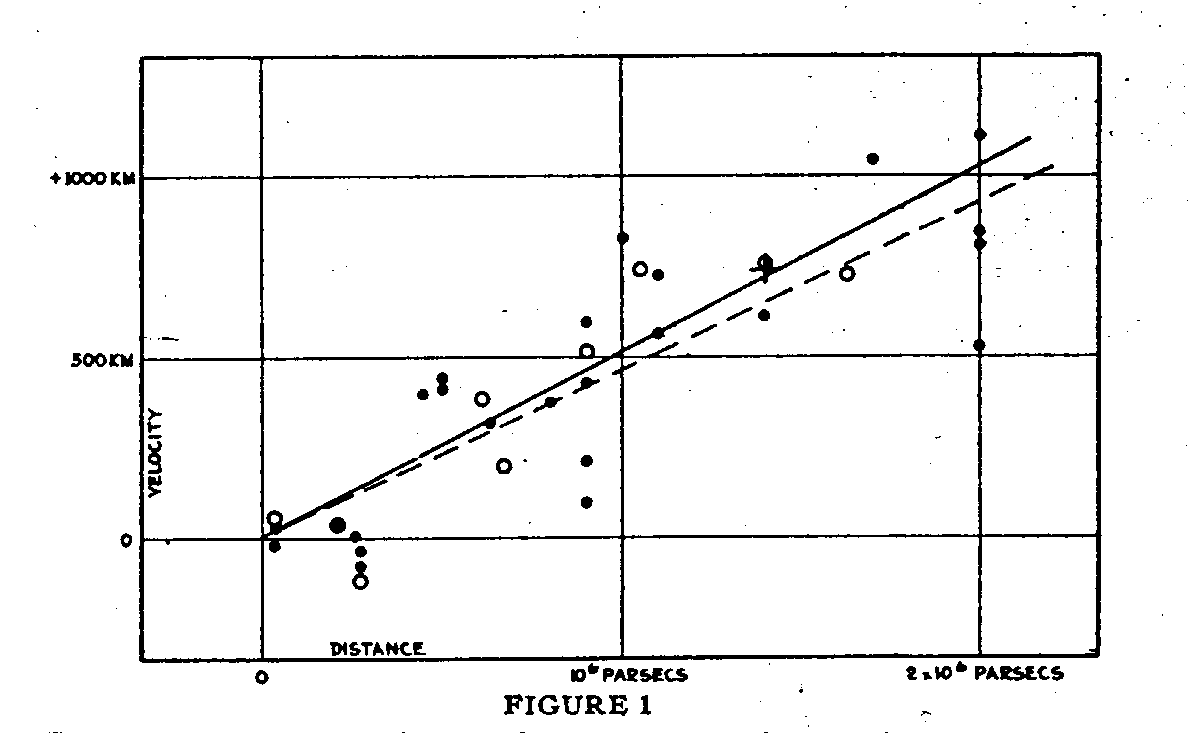QuarkNet
QuarkNet is a group of high school teachers, students, and physicists working together to better understand the universe and the world around them. It gives physicists a way to relay their information to students and gives students and teachers the opportunity to take a peek into the world of high energy physics research.
Experiencing the Expansion of the Universe
This masterclass is aimed at allowing high school teachers to experience the work of astronomers today at Fermilab and around the world in the past. Astronomers tell us that the universe is expanding. They show lots of nice pictures, but why would we believe them? And who cares, anyhow? With a little help from pictures from telescopes that are available on the web, we will map out the expansion of the universe. At the end of the class, you will know not only what astronomers say about the universe but also what your own observations mean and how to guide your students to similar discoveries.
Schedule
This three day workshop will focus on three main discoveries/predictions that prove that the universe is expanding. By using actual data from the SDSS, the COBE mission, and the synthetic spectrum, we can do, in this class and in your high school classrooms, what astrophysicists at Fermilab and around the world do everyday.
Day 1
Hubble Diagrams

Today we will study the discovery that Edwin Hubble made at the beginning of the 20th century. We will use SDSS data to graph galaxies on a graph of distance versus velocity to try and see whether the universe is expanding away from us. We will look at Hubble's data and see how he did things differently from how we do them now.
Day 2
Cosmic Microwave Background

Today we will look at spectra of objects that are radiating heat. We will measure some spectra ourselves and then use some from SDSS. We will examine these objects to see if they have a thermal (blackbody) spectrum. If they do, then we can determine a temperature from them. We will then use the data from one of the most impressive spectrums, the cosmic microwave background spectrum, and try to determine the temperature of the universe. Depending on what we find we can see whether this supports the expanding universe theory or not.
Day 3
Big Bang Nucleosynthesis

Today we will study the mathematics and physical concepts that took place during the first few minutes after the Big Bang. We will see how certain elements were developed during that time and see if we can see traces of that in the universe today. We will examine more spectra, only this time it will be spectra from stars that SDSS has obtained.